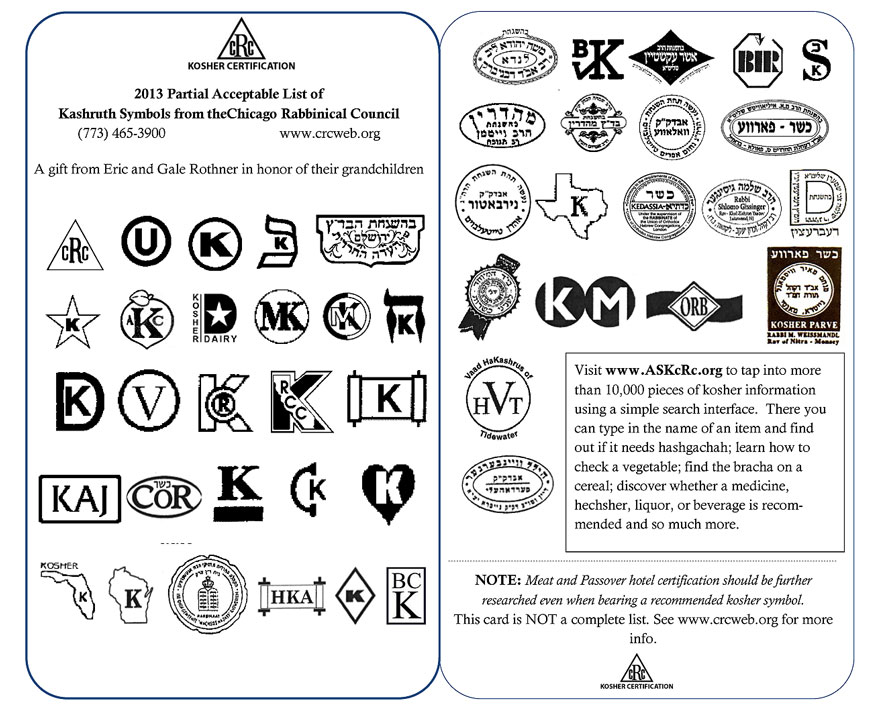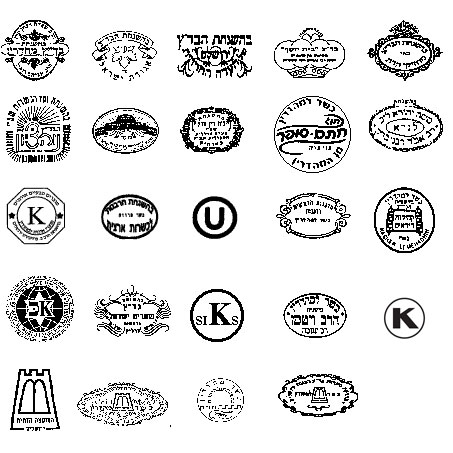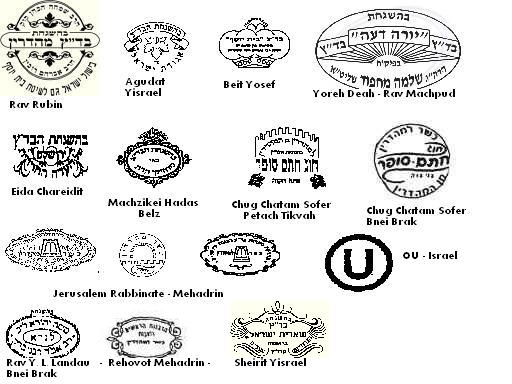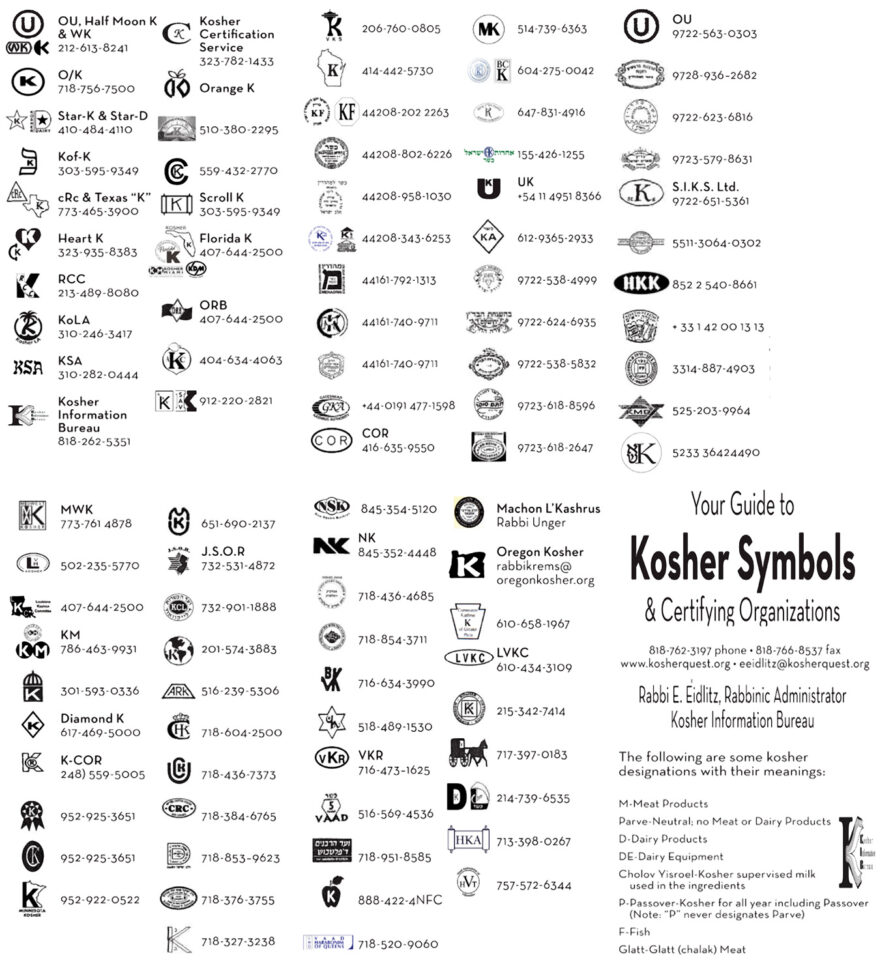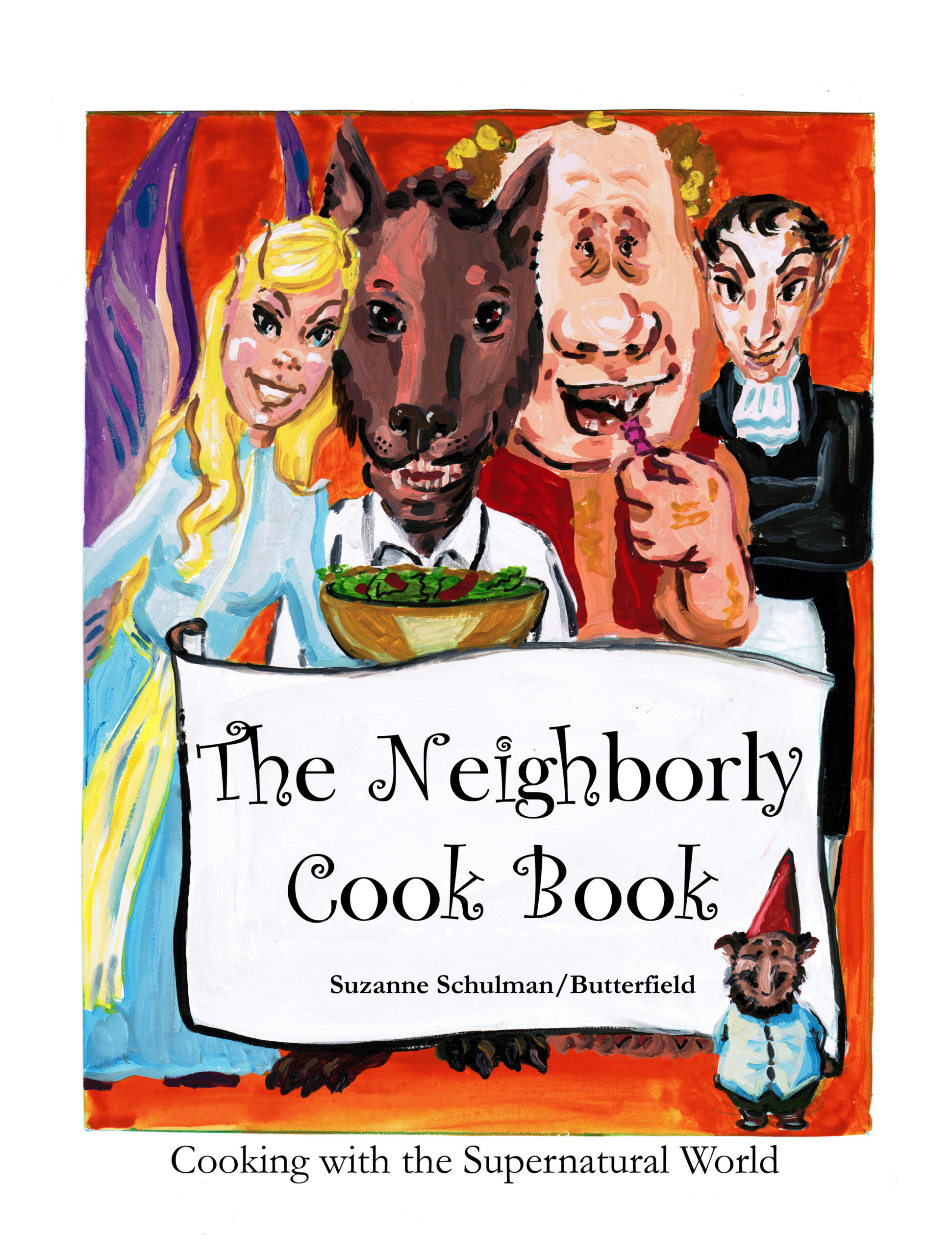The_Gate_of_KashrutThis Is Agribiz Meat: Archived: https://web.archive.org/web/20130821041429/http://gaia-health.com/gaia-blog/2013-08-17/this-is-agribiz-meat-video/ If you buy meat from a supermarket, fast food or most other restaurants, this is where it comes from. It’s not only horrific for the animals, it’s utterly dehumanizing. [6:02] Even if you don’t care about your health, surely you must care about your fellow humans who surely suffer in these dehumanizing and degrading positions or the incredible suffering of the animals whose entire lives are pure misery? Don’t you? |
|||||||||
| La surconsommationOver consumption means a consumption level located above the normal requirements or average consumption.Image from the movie Samsara Samsara is a Tibetan word that means wheel of life, a concept both intimate and vast, which defines the soul of everyone.How long before all the world is reduced to this? Processing Plants of gigantic size Pushing masses of meat through a production system Processing it with human meat that Purchases it.Speak out now, before it’s too late. Is this the world you want your children to inherit? |
|||||||||

59% of the ‘Tuna’ Americans Eat Is Not TunaBy Dr. Mercola August 31, 2013 https://articles.mercola.com/sites/articles/archive/2013/08/31/tuna-fish-labeling.aspx
Love Sushi? Skip the So-Called ‘Tuna’ (Ahi)
Only 1 Percent of Imported Seafood Is Tested for Fraud
Another Reason to Avoid Tuna: It’s Typically Loaded With Mercury
Up to 80 Percent of Salmon May Also Be MislabeledIt’s not only tuna and red snapper that is commonly mislabeled. In the video above, I interview Randy Hartnell, founder-president of Vital Choice Wild Seafood and Organics. He explains that as much as 70 to 80 percent of the fish marked “wild” salmon were actually farmed. This includes restaurants, where 90-95 percent of salmon is farmed, yet may be mis-listed on the menu as “wild.” The following tips can help you determine whether the salmon is authentic:
Three Ways to Help Determine if Seafood Is MislabeledFor the average diner, it can be difficult, if not nearly impossible, to determine if the tuna or red snapper in your sushi is actually what it’s claimed to be. That said, there are some ways to protect yourself against rampant seafood fraud:5
Are You a Seafood Lover? Use These Tips to Stay Healthy
[-] Sources and References |
|||||||||

Why You Can No Longer Trust The USDA Organic LabelSeptember 19, 2013 by NATASHA LONGO https://preventdisease.com/news/13/091913_Why-You-Can-No-Longer-Trust-The-USDA-Organic-Label.shtml “USDA Organic” is simply a marketing term those who take government ethics at face value. The goal has always been to increase agricultural sales, not promote organic farming. The public seems to confide in this label through sheer ignorance. The National Organic Program (NOP) which governs the “USDA Organic” label has no interest in organic farming, improving soil, quality of the produce, or factors that pollute the environment. In another blow to their organics program that will further downgrade consumer confidence, the USDA announced this week that the agency has changed the process for exempting otherwise prohibited substances (such as synthetics) in food that carries the “organic or “made with organic” label. This decision makes it easier to continue use of artificial ingredients and substances, undermining integrity of the organic label. According to the National Organic Program, the organic label indicates that the food or other agricultural product has been produced through methods that integrate cultural, biological, and mechanical practices that foster cycling of resources, promote ecological balance, and conserve biodiversity. Synthetic fertilizers, sewage sludge, irradiation, and genetic engineering may not be used…until now. Under the federal organic law and prior to the announcement, there was a controlled process for allowing the use of substances not normally permitted in organic production because of extenuating circumstances. Under the Organic Foods Production Act 7 USC 6517 (e) Sunset Provision, “No exemption or prohibition contained in the National List shall be valid unless the National Organic Standards Board has reviewed such exemption or prohibition as provided in this section within 5 years of such exemption or prohibition being adopted or reviewed and the Secretary has renewed such exemption or prohibition.” Under the law, these exemptions are authorized for a five-year period, in order to encourage the development of natural (or organic) alternatives. The exemptions are required by law to expire, known as “sunset,” unless they were reinstated by a two-thirds “decisive” majority vote of the National Organic Standards Board (NOSB) and include a public review. While this is the law, USDA has said it will no longer operate the program in this manner. USDA organics has been hijacked by big agriculture and their food scientists for some time. Senior food scientist Toby McDonald insists that the only way to protect the population is through current and modified sterilization techniques that will make food safe for all. “Current and modified practices including irradiation and pasteurization are extremely effective in reducing harmful bacteria and pathogens in the food supply,” he proclaimed. MacDonald says that as food demand reaches its climax, proper sterilization will be necessary at all levels.” An increase of 50 percent in food demand by 2030 will require more funding into food monitoring infrastructures so that all food with the potential to produce outbreaks can be properly sterilized to prevent those outbreaks,” he added. The USDA’s recent decision now puts the burden of identifying exempted materials for removal largely onto environmentalists and consumers. It largely suggests that the alternative media will now have to step up their efforts to identify all genetically modified and toxic sources which the USDA will eventually label as organic. Under the new policy, an exempt material could be permitted indefinitely unless a two-thirds majority of the NOSB votes to remove an exempted (synthetic) substance from the list. The new policy allows USDA to relist exemptions for synthetic materials without the recommendation of the independent board and outside of public view, as required by current law. This isn’t the only strike on the USDA’s public record. Just a few years ago, The Cornucopia Institute released an independent report that focused on the widespread abuses in organic egg production, primarily by large industrial agribusinesses. The study profiled the exemplary management practices employed by many family-scale organic farmers engaged in egg production, while spotlighting abuses at so-called factory farms, some confining hundreds of thousands of chickens in industrial facilities, and representing these eggs to consumers as “organic.” As I have been vocally stating for years now, the public perception that USDA Organic label is “truly organic” is a falsity. The USDA has repeatedly permitted certifications of organizations known to not meet the legal requirement for said certification. Two examples are CCFO and Oregon Tilth. So What Should Organic Farming Entail? – Free of synthetic chemicals of any kind The USDA’s recent decision means there is no guarantee on any of the above. In a joint statement issued by Beyond Pesticides, Consumers Union, Center for Food Safety, and Food and Water Watch, they stated: “The USDA’s decision minimizes all incentives for creating organic, natural alternative ingredients and lowers the standard for what consumers can expect behind the organic label. Allowing the USDA to automatically relist materials without the recommendation of the NOSB erodes the Board’s legal authority over materials decisions, a key to consumer trust in the organic label. The fact that the agency made this decision without any public input only adds to the violation felt by watchdog groups and consumers alike,” “Potentially allowing an indefinite listing of non-natural ingredients and requiring a super-majority vote to retire a substance after five years undermines the spirit of the law for how materials head into “sunset” or retirement. It is unfair to producers trying to produce a truly organic product and it is unfair to consumers trying to make meaningful purchasing decisions. Simply put, this lowers the bar for much of the organic market. We believe USDA must reverse course and we intend to mount a fierce campaign to hold the agency accountable to the millions of Americans who expect more from the government–and the organic label.” Organic agriculture embodies an ecological approach to farming that focuses on feeding the soil and growing naturally healthy crops, whereas chemical-intensive agriculture depends on toxic chemicals and inputs which poison the soil, as well as air, water, farmworkers and consumers. In conventional chemical agriculture there are tens of thousands of synthetic materials, including over 200 registered pesticide active ingredients used regularly Expanding organics is literally a matter of life or death for public health, climate, and the environment. None of the largest food suppliers of our world are leading the charge to double or triple organic food and farming sales by exposing the myth of organic foods because it is not in their best interest. The industry giants will never get serious about making a societal transition to organic food and farming. The reason for this is simple: it is far easier and profitable for these conglomerates to sell conventional or even so-called natural foods at a premium price, than it is to pay a premium price for organics and educate consumers as to why “cheap” conventional and deceptive “natural food” is really more expensive than organic, given the astronomical hidden costs (health, pollution, climate destabilization) of conventional agriculture and food processing. Sources: Natasha Longo has a master’s degree in nutrition and is a certified fitness and nutritional counselor. She has consulted on public health policy and procurement in Canada, Australia, Spain, Ireland, England and Germany. The alternative is the Buy Kosher Fish and MeatLook for these Kosher Certification Agencies official identification symbol, or hecksher when shopping. |
|||||||||
| For those that think that you can use any Kosher Certification Agencies symbol, or hecksher when shopping please read the following article. And no this is not Politics! Memories of a Shochet – Horror Stories from Various Slaughterhouses Across America Thursday, July 5, 2012 If you really want to get an idea of what is going on in the field of Kashrut, specifically of what really happens in the slaughterhouses, then you need to give this article a read. Here are a few excerps to help you get a better understanding of what shechita is all about. Also available is a book the Rebbe wrote entitled “The Gate of Kashrut” with tons of valuable information on the subject of how to truly keep kosher and avoid the many pitfalls out there and thereby save your and your families souls from the blemish of eating treifot and nevelot, chelev and dam. (From “Memories of a Shochet”) In this book I bring forth incidents pertaining to the status of Schita in New York and other locations that I myself have seen and experienced personally, being a Schochet for over 10 years, witnessing first hand the situation in beef and chicken slaughter houses under the finest and strictest supervision. GENTILES SLAUGHTERING TURKEYS AND TAGGING THEM KOSHER, THE OWNER IS AN ISRAELI MURDERER. SHOCHTIM CROSSING BOUNDARIES OF OTHER SCHOCHTIM With the Schochtim R’…… and R’…….. (two well~ known Schochtim I used to work with near Vineland. There also the Schita was veryquick. But there I only served as a helper to the Schochet, so that the Schochtim were able to rest. I do not remember the exact quantity of the Schita but it was very quick. The knives were defective because they had to slaughter up to the back of the neck, and they used to cry aloud “cut deeper, deeper”. I used to yell back that I can’t slaughter any deeper because I am afraid the back of the neck will defect the knife. After touching the back of the neck you must check the knife over 6 different ways. The experienced Schochet told me, “Don’t worry about the knife. The back of the neck causes no defect. look at my own knife.” I never understood how they weren’t ashamed to show me such defective knives! This was a long time after I stopped being a Schochet and where I once worked as a Schochers helper for 6-8 weeks. One time I didn.t feel well, and I sent the Schochet R’……. to substitute for me. The supervising Schochet R’……. saw the Schochet slaughtering in back of the neck and asked him to stay on and work there instead of me. He would receive $60 a day and only have to work two days a week. This particular Schochet stayed on and a week later told me that he had my job. I asked him how he could do this and showed him the Halacha regarding crossing boundaries’. Then he presented this to the Supervisor, the Supervisor in return said, ‘With me there is no such thing as crossing boundaries. I hire and fire who I please, and I prefer those that accomplish the most’ (slaughter the most animals per hour). And with that I resigned from this Schita.
SLAUGHTERING OF ANIMALS AT 60 PER HOUR-SLAUGHTERING WITHOUT The Schochet continued to Shecht without another Schochet standing by his side examining the knives. SCHITA ON THE FEATHERS – THE SCHOCHET ADMITS THAT HE CONTINUES TO |

